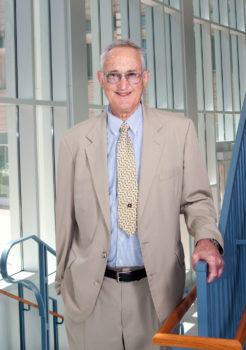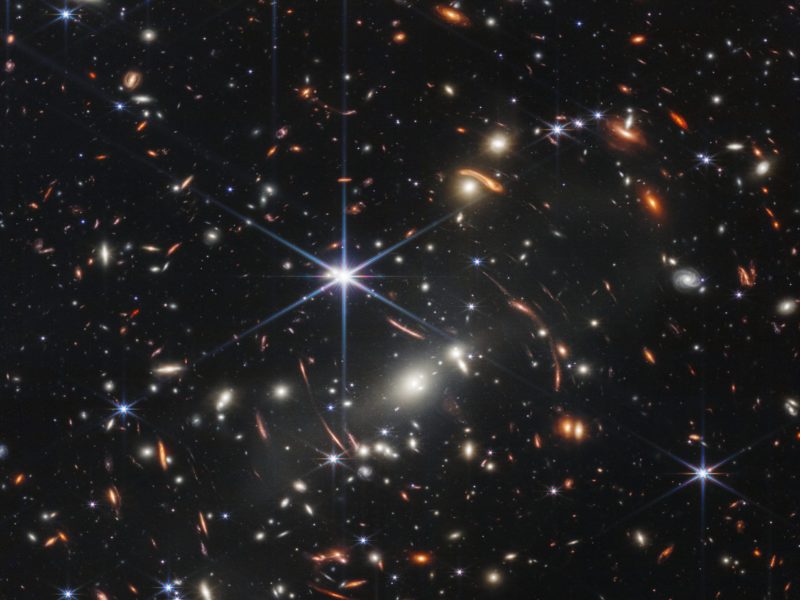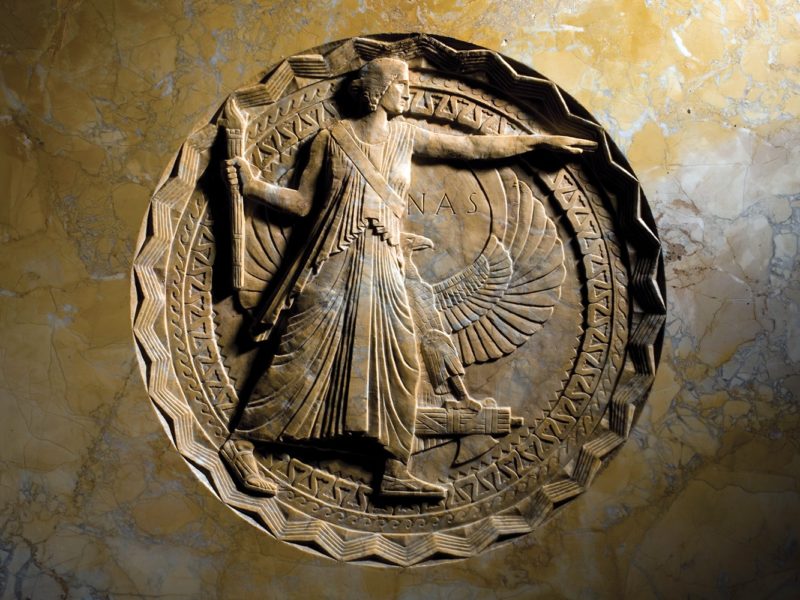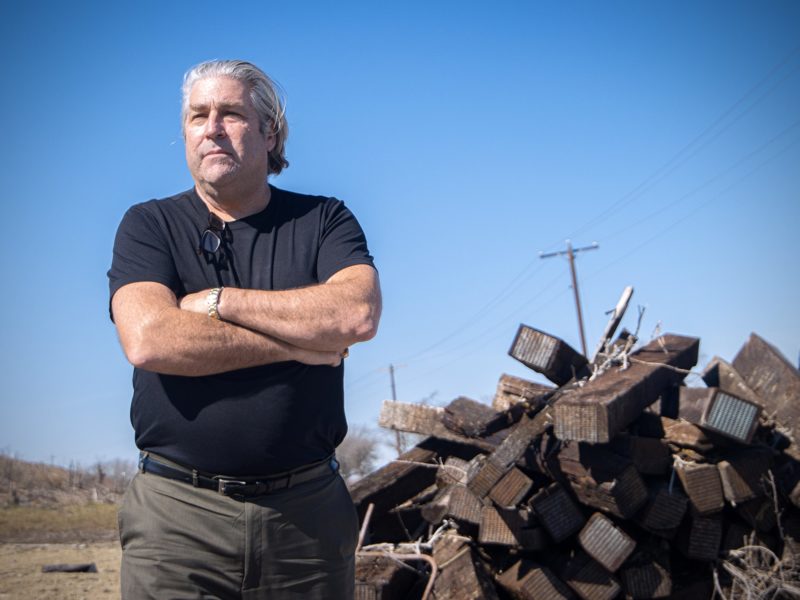Two-Day Symposium To Honor Nobel Laureate, 2019 Physicist Of The Year David Lee Begins Thursday
Texas A&M University System Chancellor John Sharp and Texas A&M University President Michael K. Young will join the Institute for Quantum Science and Engineering (IQSE) this week for a two-day symposium to celebrate Texas A&M Distinguished Professor of Physics and Astronomy and 1996 Nobel Prize winner David M. Lee, recently featured as The Top 100 Registry’s 2019 Physicist of the Year.

The Quantum Materials Science Symposium, also known more affectionately as Lee Fest, is set for Thursday and Friday (Oct. 24-25) in Room 578 of the George P. Mitchell ’40 Physics Building. The all-day format will feature short talks presented by Lee’s colleagues within the Texas A&M Departments of Physics and Astronomy and Materials Science and Engineering. All presentations are open to the public and free of charge.
Following breakfast in the IQSE’s fifth-floor Mitchell Physics Building headquarters, the symposium will begin Thursday with 8:55 a.m. remarks from Sharp, then a 9 a.m. presentation from Lee recapping the Nobel Prize-worthy history of the discovery of superfluid helium-3 (He-3). Young similarly will open Friday’s slate with 9 a.m. remarks, followed by a 9:10 a.m. presentation from Texas A&M Distinguished Professor of Physics and IQSE Director Marlan O. Scully.
Both days will conclude with 4 p.m. presentations by external faculty — Rice University’s Junichiro Kono on Thursday and Appalachian State University’s Francois Amet on Friday. Thursday’s festivities also will feature an RSVP-required 5:30 p.m. dinner at the Hilton College Station & Conference Center.
A member of the National Academy of Sciences (1991) and the American Academy of Arts and Sciences (1990), Lee earned his Ph.D. from Yale University in 1959 and took a faculty position at Cornell University, where he had enjoyed a prolific 50-year career prior to accepting a half-time professorial appointment at Texas A&M in November 2009. At Texas A&M, he is a member of the IQSE and was appointed a distinguished professor of physics and astronomy in 2012.
Lee shared the 1996 Nobel Prize in Physics with fellow Cornell physicist Robert C. Richardson and Stanford University’s Douglas D. Osheroff — their doctoral student at Cornell at the time — for their 1972 discovery of superfluidity in He-3. During their days in the low-temperature laboratory at Cornell in the early 1970s, the three discovered, using a hand-built apparatus, that the helium isotope, helium-3, can be made “superfluid” — unaffected by friction — at a temperature only about two thousandths of a degree above absolute zero. This superfluid quantum liquid differed greatly from the one previously discovered in the 1930s and possessed highly specialized characteristics, illustrating that the quantum laws of microphysics also sometimes directly govern the behavior of macroscopic bodies. As a result of their breakthrough discovery, superfluid He-3 is now one of the richest systems in condensed matter physics, with exotic order parameters that exemplify a whole new set of physical concepts that impact many other areas, including even cosmology.
During the course of the trio’s Nobel experimentation, they also performed one of the first physics magnetic resonance imaging (MRI) experiments involving magnetic field gradients on the He-3 sample — imaging work applied to subsequent biological sampling techniques and later to the human body in disease detection and diagnosis. Lee has made many additional noteworthy discoveries during his 60-year career studying liquid and solid helium, including nuclear spin waves in spin-polarized atomic hydrogen gas. More recently, he has observed collective sound modes in superfluid He-3 that obey the Nambu identity and are analogous to the Higgs Phenomenon in elementary particle physics. Currently, Lee is actively engaged in studies of atomic free radicals trapped in low temperature matrices, including spin polarized hydrogen atoms embedded in the films of molecular hydrogen.
While Lee considers his Nobel as a career highlight, he is equally proud of the 33 Ph.D. students he has mentored who currently hold key positions in academia and industry throughout the world. In addition to the Nobel, Lee’s many international accolades include multiple Guggenheim Foundation Fellowships (1966-67, 1974-75), the British Institute of Physics’ Sir Francis Simon Memorial Prize (1976), the American Physical Society’s Oliver Buckley Prize (1981) and Yale’s Wilbur Cross Medal (1998). In addition, he has been highlighted in multiple editions of Marquis Who’s Who, recently earning the Albert Nelson Marquis Lifetime Achievement Award for 2019-2020.
Lee Fest is sponsored by IQSE in partnership with the Hagler Institute for Advanced Study. All events are organized by Texas A&M professors Alexander Finkel’stein, Vitaly Kocharovsky and Alan Needleman, the latter of whom was an inaugural Hagler Institute Faculty Fellow in 2012-13.
For additional information, visit the symposium website or email iqse@tamu.edu.
###
Media contacts: Shana K. Hutchins, 979-862-123, shutchins@science.tamu.edu or Kimberly Chapin, 979-845-1534, k-chapin@tamu.edu.





